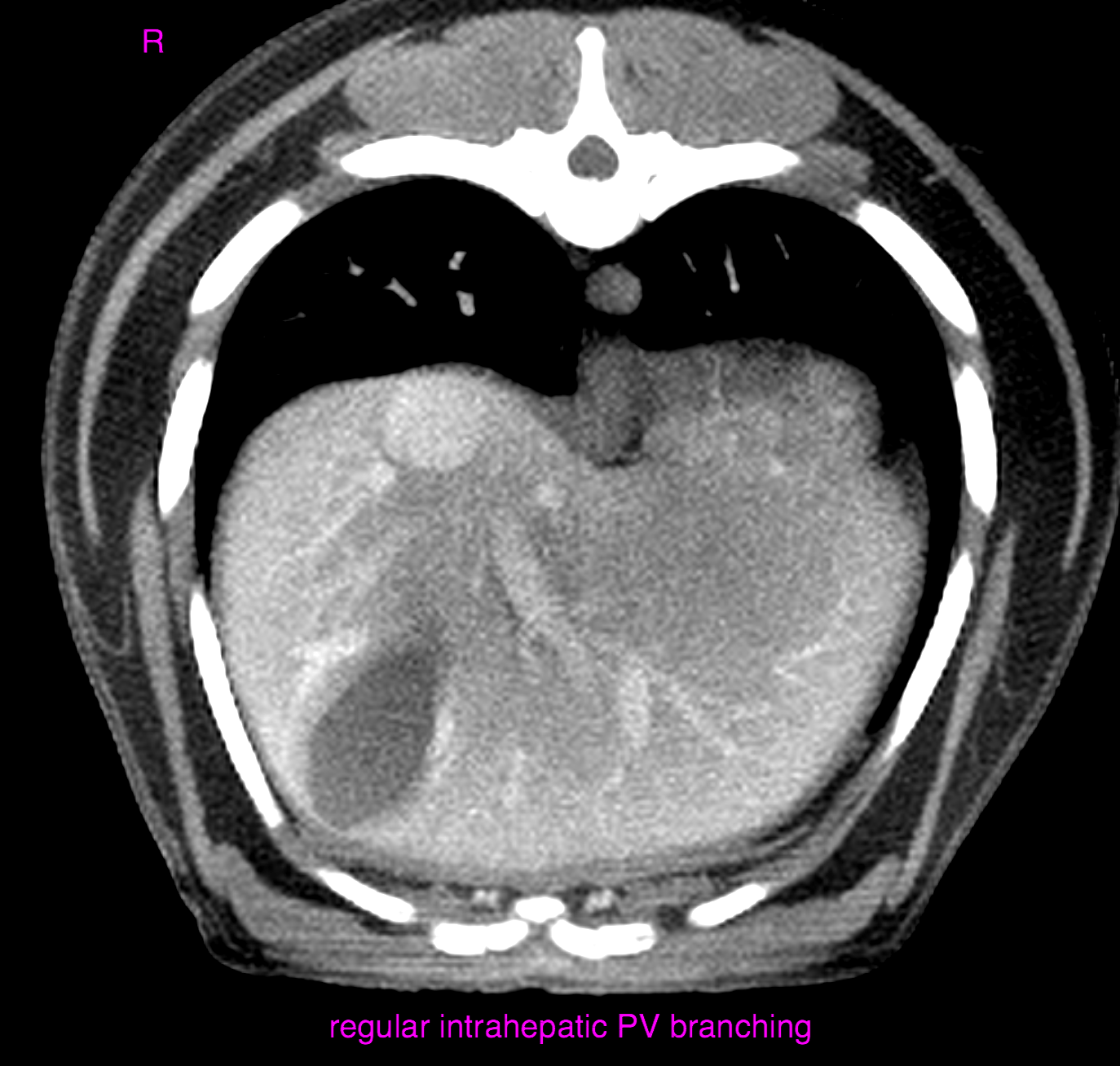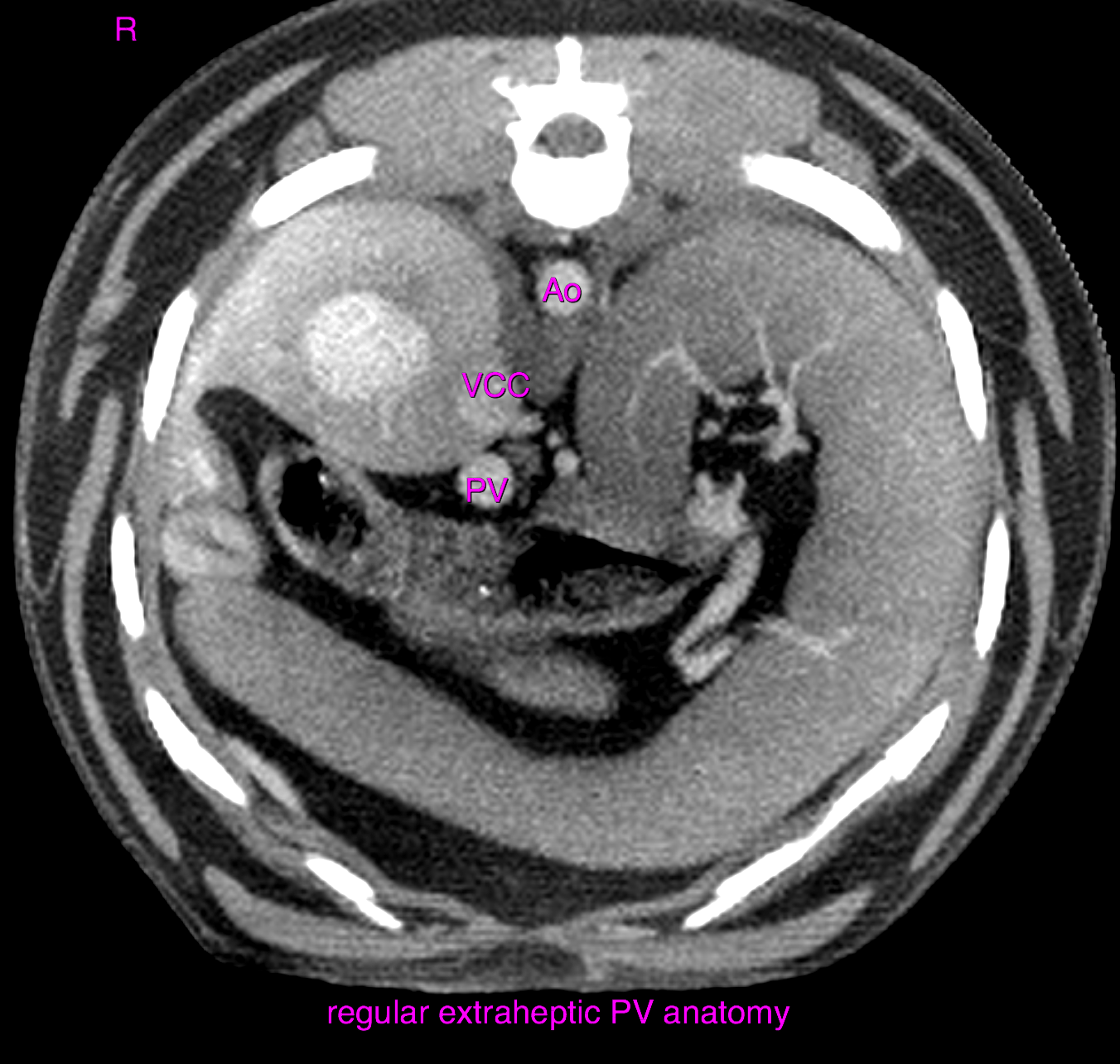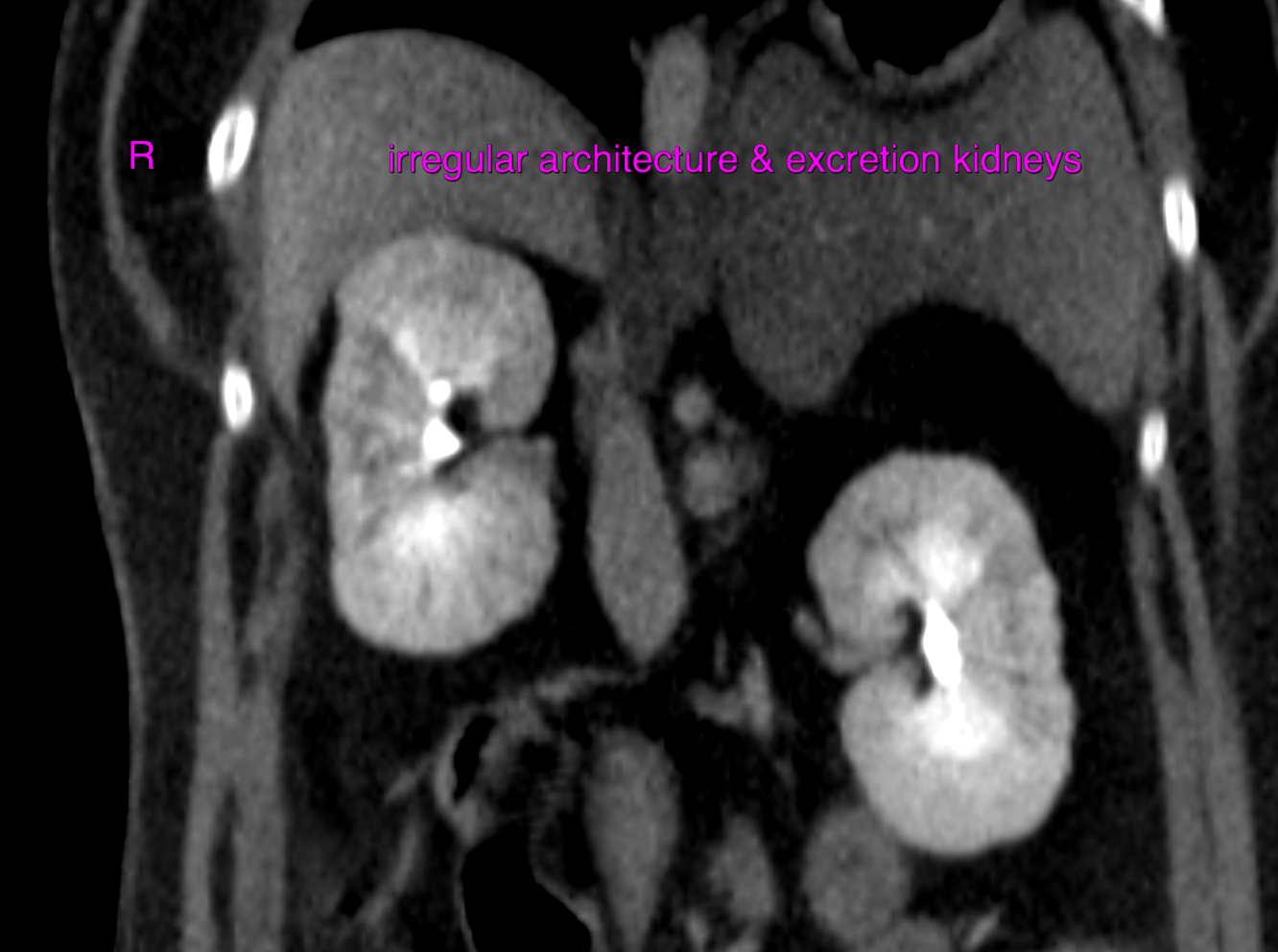This 5 year old MN Rat Terrier presented with microhepatica on ultrasound, R/O liver shunt
CBC/Chem: BUN 47.3, bile acids pre 12.2, post 43.4
This 5 year old MN Rat Terrier presented with microhepatica on ultrasound, R/O liver shunt
CBC/Chem: BUN 47.3, bile acids pre 12.2, post 43.4


